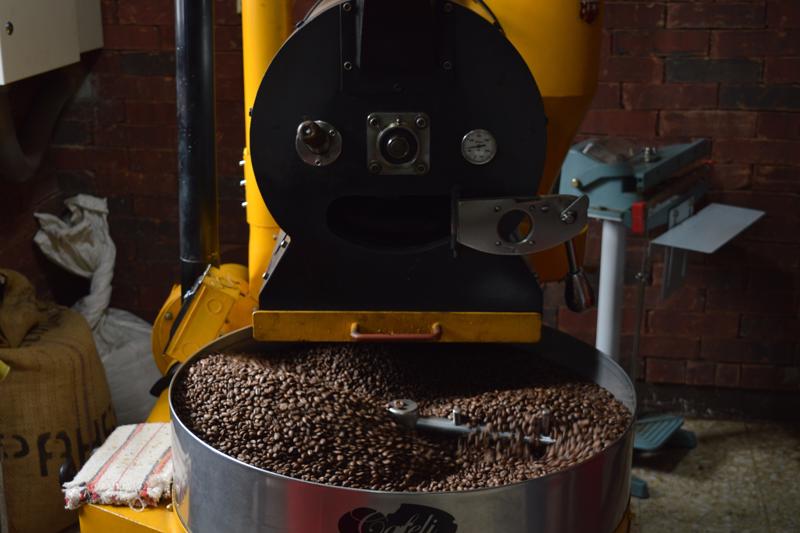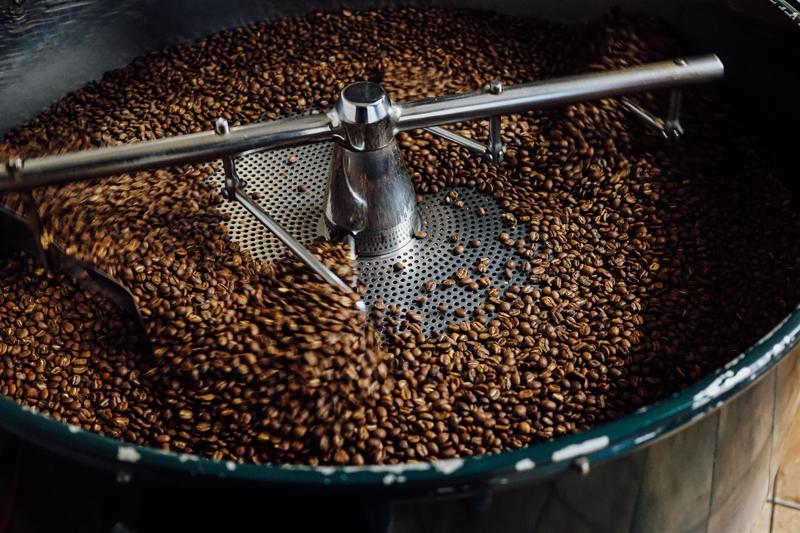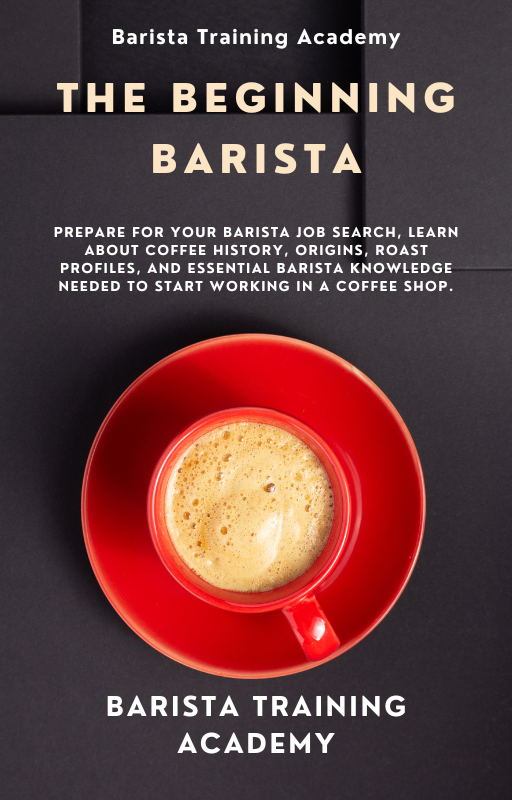Coffee Roasting Basics: What a Barista Should Know
After you get your barista training and start your work as a barista, you might also want to know more about the art and science of coffee roasting. Roasting is one of the variables that affect the final flavor of coffee you probably had this morning. Roasting reveals a green coffee bean's full flavor and potential and makes it ready to brew delicious espresso.
Most coffee roasting machines use both conduction and convection methods. Conduction is the physical transfer of heat from the drum to the beans. Convection is heat traveling by air currents. The balance of both forces makes an excellent coffee roast.
In this online barista training post, you will learn the basics of coffee roasting.

Coffee Roasting stages
- Dehydrating the bean and removing excess moisture content. The coffee will smell green and grassy. The beans will start changing their color to yellowish.
- Yellowing stage (between 212 and 240 F) The beans go through a temperature range where the basic chemical reactions start. After that, the beans themselves get darker. Finally, you'll sense the bread baking aroma.
- First crack (between 250 and 300 F). When you hear the first cracking sound, it means that the beans are dried out. Thermic reactions, which put heat into the coffee, end, and extra thermic reactions, start where the bean starts releasing its own energy. The bean is a light brown color.
- Roast development stage (between 350 and 400 F). Here's where a coffee bean starts building simple sugars. After they melt, a bean develops caramel, sugary tasting characteristics. You can stop roasting here or move to the next stage.
- Second crack (between 425 and 435 F). Under even higher temperatures, coffee beans start producing popping sounds – like when you make popcorn. This is because the beans release more oil and lose acidity.
- As the beans drop out of the coffee roaster's drum, you want to stop the roasting process as soon as possible by quickly cooling the beans.
Use fresh beans to extract your espresso because old coffee tends to lack body, be thin, boring with less character or acidity. Also, remember how old your coffee is when you extract an espresso shot. Freshly roasted coffee tends to be more gassy and bubbly. If the espresso blend is aged, you'll need to dose more coffee to compensate for the gas loss.
What a Barista Should Know

Coffee Roasting types
The roasting type is often a matter of taste. Don't be afraid to experiment when you roast your coffee. Let your eyes and your nose be the guide when to stop roasting.
You can roast your coffee at home and save a fortune and create your unique blends. Or you can try roasting at your coffee shop if it's equipped with a coffee roaster. That's a great skill, which will give you a deeper understanding of your coffee and where your espresso comes from.
There's no one unified standardization of roasting types. One of the ways to categorize roasting types is by color. Thus, light, medium, medium-dark and dark roasts are distinguished.
Lighter roasts have more acidity and slightly more caffeine, while darker roasts show a more bitter and even carbony tasting profile. Lighter roasts also best reveal the origin of the bean. They might have fruity, chocolate, and nutty notes. In darker beans, the origin flavor and acidity are almost gone, smoky flavors are more prevalent.
Working at a Coffee Roaster
Many coffee shops function as coffee roasters. So, it is common that you may apply to work as a barista at a coffee company that also roasts their beans. While it's not generally a part of the barista's job requirements to know the intricacies of roasting green coffee, it is helpful to know the roasting process. If you manage a coffee shop, should you roast your own beans?

Brought to you by Barista Training Academy, “The Beginning Barista,” Your Ultimate Prep Guide to Getting Your First Job as a Barista” is an ultimate resource available online and affordable for anybody looking to start a career in the coffee industry. For more information, visit our blog.
